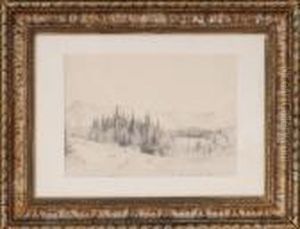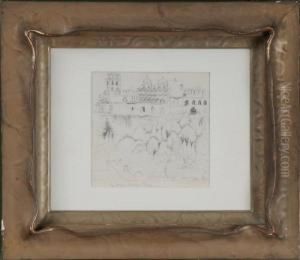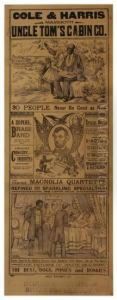Harriet B. Stowe Paintings
Harriet Beecher Stowe was born on June 14, 1811, in Litchfield, Connecticut, USA, into the prominent Beecher family. She was the seventh of thirteen children of Lyman Beecher, a Presbyterian preacher, and his wife, Roxana Foote Beecher. Stowe grew up in a household where education and the importance of social issues, particularly the abolition of slavery, were emphasized. This environment profoundly influenced her later work and beliefs. In 1832, the Beecher family moved to Cincinnati, Ohio, where Harriet attended the Lane Seminary, run by her father. There, she gained firsthand exposure to the debates on slavery and the conditions for African Americans, as Cincinnati was located close to the slave-holding state of Kentucky.
Stowe's most famous work, "Uncle Tom's Cabin; or, Life Among the Lowly," was published serially in 1851–1852 and then as a book in 1852. The novel was a response to the 1850 Fugitive Slave Act and aimed to depict the harsh realities of life for African Americans under slavery. It became a bestseller in the United States and the United Kingdom, influencing public opinion on slavery and contributing to the abolitionist movement's momentum. The book's widespread popularity and its provocative depiction of slavery's brutality made Stowe an international figure.
Throughout her life, Stowe wrote over 30 books, including novels, three travel memoirs, and collections of articles and letters. Despite the overwhelming success of "Uncle Tom's Cabin," none of her subsequent works achieved similar fame or impact. After the Civil War, Stowe continued to write and remained active in social causes, including women's rights and education reform, until her death on July 1, 1896, in Hartford, Connecticut. Harriet Beecher Stowe's legacy endures largely through her contributions to the abolitionist movement and her role in altering public opinion on slavery through literature.


